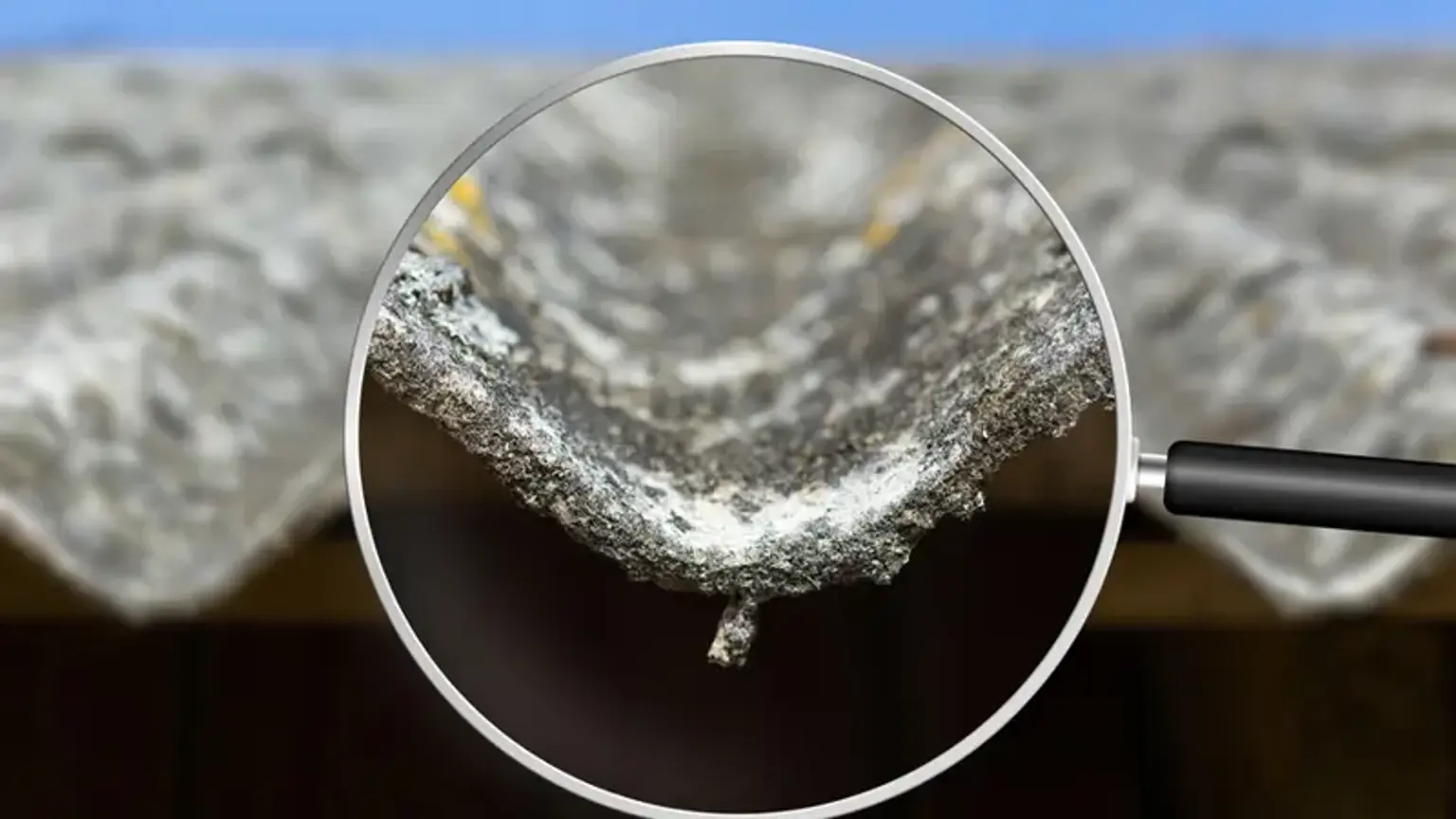Introduction
Understanding Asbestos Exposure
Asbestos is a naturally occurring mineral composed of thin, microscopic fibers that are highly durable and resistant to heat and chemicals. These properties made asbestos a popular material in construction, automotive, and industrial applications throughout the 20th century. However, while useful, asbestos exposure has been linked to severe health risks, including life-threatening diseases. Tiny asbestos fibers can become airborne, where they are easily inhaled or ingested, leading to long-term health consequences.
In Korea, as in many other countries, the legacy of asbestos use lingers, particularly in older buildings and industrial sites. Public awareness and safety measures are critical in reducing the risks associated with this hazardous material. Questions like "What are the health risks of asbestos exposure?" and "How does asbestos exposure lead to lung cancer?" reflect growing concern among individuals and communities worldwide.
The Importance of Addressing Health Risks
Asbestos-related diseases often take years or even decades to manifest, making early detection challenging. This "silent hazard" can impact anyone exposed to airborne asbestos fibers, whether through direct occupational contact or environmental contamination. In Korea, many citizens are now advocating for stricter safety guidelines and enhanced public health monitoring. Addressing these health risks not only involves awareness but also ensuring compliance with asbestos safety regulations and removal processes.
What Is Asbestos?
Composition and Applications
Asbestos refers to a group of six naturally occurring silicate minerals that form thin, fibrous crystals. These fibers are microscopic but incredibly durable, with properties that include resistance to heat, fire, chemicals, and electrical conductivity. Due to these unique characteristics, asbestos was widely used across numerous industries, especially during the 20th century, before its health risks were fully understood.
